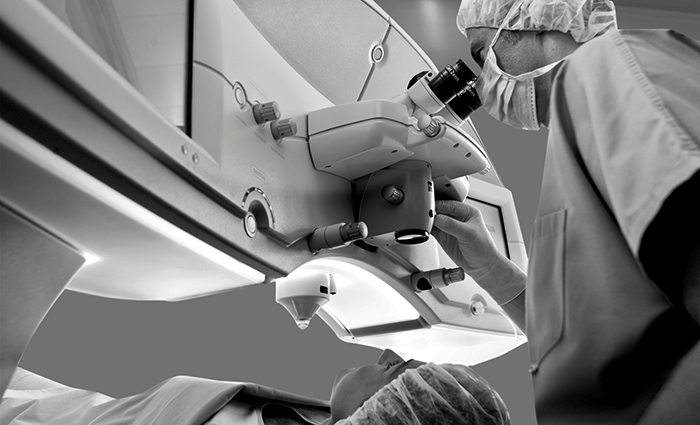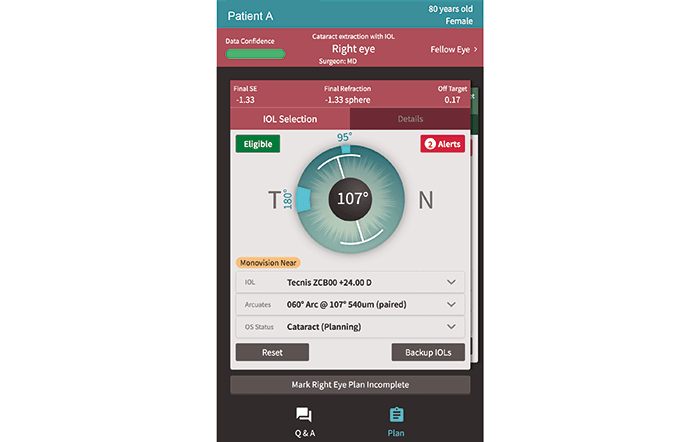
The field and practice of ophthalmology is constantly being shaped by the driving force of innovation. As one of the most innovative fields in medicine, ophthalmology is often at the forefront of cutting-edge technologies and treatments. Here, some of the leading innovators from the ophthalmic space present their latest and greatest offerings: from imagers and diagnostics, to cutting edge refractive surgery and glaucoma care.
Digital technology is fundamentally changing our world – and is making a major impact in healthcare. This rapidly evolving field can be challenging for doctors, particularly for cataract surgeons, who now must collect and analyze an enormous amount of information to provide state-of-the-art cataract surgery. In the absence of a software platform to facilitate this process, most cataract surgical planning data is done on paper. Doctors use printouts from the electronic medical record (EMR) systems and multiple diagnostic devices including biometry, topography, and OCT as a routine part of this process. Often that data is manually transcribed into an online IOL calculator that generates another printout. This mountain of information is then manually assimilated so that the doctor can make a treatment decision – and then that decision is documented… yet on another piece of paper. All of this paper is then placed in a folder and carried into the operating room. VERACITY Surgical offers a complete digital solution. Conceived and developed by two leading cataract surgeons, Kerry D. Solomon, MD, and Kyle Smith, MD, this software presents an easy “click of a button” dashboard that synthesizes critical data and presents the data that is needed at each step of the procedure, helping cataract surgeons work more efficiently, reduce errors, and achieve the desired results for their patients. VERACITY Surgical offers advanced cataract surgical planning and uses seamless integration with EMR systems to provide validation checks and warnings based on the data contained in patients’ medical records. It simplifies logistics, offering a paperless workflow, with integrated documentation, insurance compliance checking and automated communications. VERACITY Surgical helps surgeons at each step in the clinical process – from initial patient consultation through the entire planning, scheduling, procedural and post-operative process. It integrates image management and even automated operative notes. After surgery, VERACITY Surgical automatically processes the post-op refraction data from the EMR to provide the doctor with valuable analysis. It starts with a customizable questionnaire – that takes only seconds to complete – to determine whether the patient is eligible for the procedure and ascertain the type of visual result that the patient desires. VERACITY Surgical automatically combines the answers with EMR and biometry data to formulate the surgical plan, inclusive of the IOL lens choice and astigmatism management options. The solution may include premium IOLs (like multifocal and toric lenses) and arcuate incision planning. The powerful toric calculators integrated into VERACITY Surgical determine the power and axis for a toric lens, and provide the doctor with an estimated final refraction. The EMR interface enables VERACITY Surgical to present detailed information about the patient that is relevant to cataract surgery planning. It presents refractions, visual acuities, prior surgeries, eye dominance, the medications the patient takes – and even if the patient has a latex allergy. VERACITY Surgical also recognizes potential corneal or retinal problems that could affect the surgical result, and adjusts the surgical plan accordingly. And VERACITY Surgical does all of this in seconds – with a single click. Then, on the day of surgery, there’s no need to hand-carry binders full of paper into the operating room as the VERACITY Surgical plan can be accessed directly in the operating room from any computer with an Internet connection. VERACITY Surgical currently interfaces with EyeMD Electronic Medical Records (EMR), Integrity EMR and NextGen Ambulatory EMR, and will add additional EMR interfaces soon. Additionally, it communicates directly with biometry devices from various manufacturers. ZEISS believes in helping doctors deliver the best outcomes for their patients by providing innovations, tools and solutions to help them best do this. What VERACITY Surgical represents is a tool that enables cataract surgeons and their teams to perform surgical planning with confidence, planning that’s patient-centered, efficient and results-oriented. VERACITY Surgical delivers on all of these fronts. This is technology that may radically change the way doctors manage the most commonly performed surgical procedure in the country – cataract surgery. www.zeiss.com/us/veracity
Kerry D. Solomon, MD, Charleston, SC “ZEISS has the vision and the expertise to bring the promise of modern technology to cataract surgery planning. This is an entirely new kind of product that has the potential to revolutionize cataract surgery as we know it.” Warren Hill, MD, Mesa, AZ “The quality of our surgery is directly proportional to the quality of the data we use to make surgical decisions. VERACITY Surgical is a spectacular new tool that helps ensure the accuracy – the veracity – of that data. This is technology that matters.”
AMD remains the leading cause of adult blindness – a result not only of limited treatment options but also diagnostic failings. Even experienced ophthalmologists miss 25 percent of AMD cases (1), meaning that diagnosis often is made only after irreversible visual acuity loss. Indeed, 78 percent of patients exhibit substantial vision loss at first treatment, and 37 percent are effectively blind in one eye. How can we address the problem? The obvious solution is to improve our diagnostic capabilities. Identifying AMD in its early stages would allow treatment of AMD before it causes irreversible damage. For example, AREDS2 nutritional supplements can reduce disease progression by 30 percent. This early diagnosis–proactive treatment paradigm is the logic behind MacuLogix’ AdaptDx system. AdaptDx is a novel automated dark adaptometer, similar in operation to visual field analyzers used in glaucoma. Without any need for pre-adaptation or dilation, the device induces photobleaching by a brief, non-irritating flash; immediately afterwards, it measures the Rod Intercept (RI) – the time for the eye to adapt from bright light to darkness at a standard threshold stimulus. “RI is 90 percent AMD-specific and sensitive,” states Gregory Jackson, PhD (Chief Technology Officer). AdaptDx enables AMD diagnosis at least three years before it becomes apparent in structural exams, which, in turn, allows monitoring and early treatment to delay disease progression and preserve vision. With FDA clearance and an established CPT Code (92284) for reimbursement, AdaptDx is now broadly available for clinical use. Ideally, it should be used to screen all patients over age 50, especially those with night vision complaints. Such screening would both uncover the true prevalence and – as more patients are diagnosed at earlier stages – provide motivation to develop better treatments for early and intermediate AMD. As William McPhee (CEO) summarizes: “Our goal is to eliminate blindness caused by AMD by changing the trajectory of AMD diagnosis, management and treatment with the AdaptDx.” Reference
- DC Neely, et al., “Prevalence of Undiagnosed Age-Related Macular Degeneration in Primary Eye Care”, JAMA Ophthalmol., 135, 570-575 (2017). PMID: 28448669.
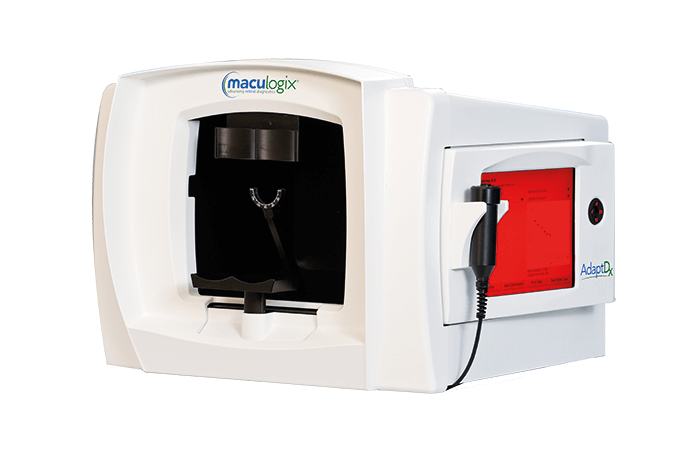
Every patient wants the best post-LASIK vision – and every surgeon wants to meet those expectations. Wavefront-guided LASIK is an advanced procedure that helps surgeons achieve best-in-class outcomes for patients – and Johnson & Johnson Vision are driving innovation and leading the way with the iDESIGN Advanced WaveScan Studio System. The iDESIGN differs from traditional laser vision correction procedures in that it uses a more advanced, precise and modern approach to measuring and treating a wide range of refractive errors; it measures lower and higher order aberrations to develop a personalized treatment plan for LASIK procedures. Now approved by the US Food and Drug Administration for all indications – myopia with and without astigmatism, hyperopia with and without astigmatism, and mixed astigmatism – the iDESIGN system gathers over 1,200 micro readings in a three second scan. This includes information on the patient’s wavefront aberrometry, wavefront refraction, corneal topography, keratometry and pupillometry. This data is then used to create a personalized LASIK treatment, which achieves 20/16 or better vision in the majority of eyes. The multiple innovative milestones in Johnson & Johnson Vision’s company history show their commitment to driving innovation; they are a leader in laser vision correction, and have brought excimer laser, femtosecond technology and wavefront-guided procedures to market. It’s a trend they intend to continue. As well as launching the new campaign, “When You Measure Better, You Treat Better,” to underscore the importance of a wavefront-guided treatment approach to support excellent treatment results, the company plans to continue defining the refractive space by advancing patient outcomes both quantitatively and qualitatively. “The milestones and launches serve to underscore Johnson & Johnson Vision’s progress toward our aspiration to become a world leader in eye health,” said Tom Frinzi, Worldwide President, Surgical Vision, Johnson & Johnson Vision. “We are proud to provide eye care professionals with the tools and innovations to help millions of patients every year achieve their best possible vision and eye health.” This information is focused on the US approved device.
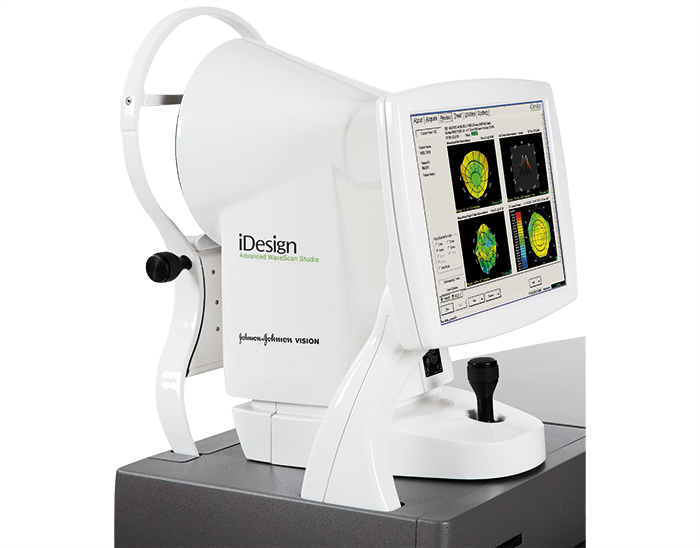
Capsulotomy is the heart of cataract surgery – get it right and the rest follows. For the last 25 years, the standard of care has been continuous curvilinear capsulorhexis (CCC). Though developments in femtosecond laser technology have aimed to replace the manual rhexis procedure, there are cost factors and difficulties associated with the procedure. Mynosys co-founders David Sretavan and Chris Keller realized that the world did not need another capsulotomy device, it needed a better one – a device that would enhance patient outcomes with premium IOLs. The goal led to their Precision Pulse Capsulotomy concept – and the Zepto Automated Capsulotomy Device was born. The innovative and disruptive device creates anterior capsulotomies precisely on the patient’s visual axis: a 360 degree capsulotomy can be created in 4 milliseconds, and the resulting edges are stronger than those created by CCC or femtosecond laser. One of the key milestones in the company’s history was finding the perfect blend of suction, energy pulse and nitinol for the capsule suction tip. With a CE mark, FDA clearance and a successful FDA clinical trial under its belt, what’s next for Zepto? Mynosys plan to continue innovating in capsulotomy by developing devices of different sizes and for new uses, such as pediatrics. This device has a CE Mark and FDA clearance.
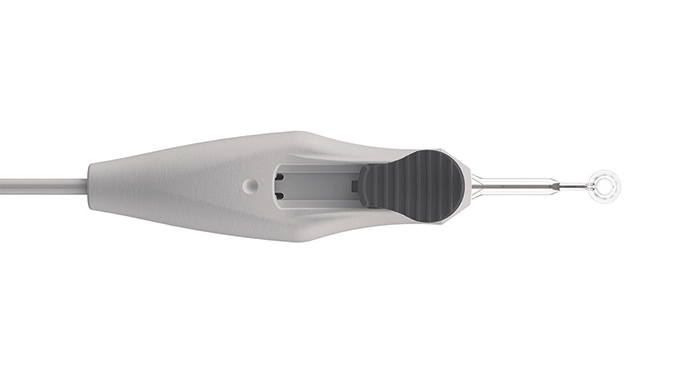
It’s wise to listen to customers – and the message MST heard from surgeons was one of inadequacies in I/A devices. Such first-hand market insight – typical of a company that prioritizes working with ophthalmologists to meet their surgical needs – informed the development of Allegro sp. Allegro sp is a single-use silicone I/A system designed to support safe and precise cortex removal during cataract surgery. Its innovative design includes: unique geometry for improved access to sub-incisional cortex; complete silicone coverage for gentler capsule polishing; a transparent sleeve, which maximizes visibility; and true disposability, which avoids re-processing issues, such as improper sterilization, or the creation of sharp burrs that might tear the capsule. The result? Rob Raney (VP, New Business Development) is clear: “Our passion at MST is meeting the distinct clinical needs of the surgeon. The novel design of Allegro sp grants surgeons added precision and safety during I/A by providing gentle access to sub-incisional cortex while simultaneously providing benefits of increased visibility and irrigation flow.” MST has always focused on bringing innovation to ophthalmology; known for “making great products that people love,” it is the company behind the Malyugin Ring and MST Micro-Instrumentation for complex anterior segment surgery. Now, MST is excited to see tremendously positive customer feedback for Allegro sp. With its improved sub-incisional access and capsule-friendly design, Allegro sp could completely reform market options in the field of disposable I/A devices.
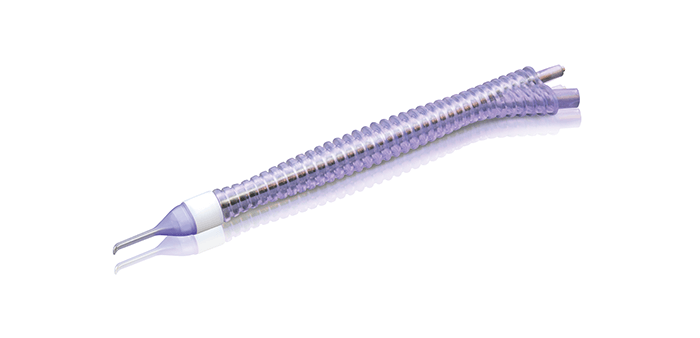
Innovative and versatile, the ZEISS VisuMax® femtosecond laser is the first and only system available on the market that can perform the paradigm-shifting minimally invasive laser vision correction procedure: small incision lenticule extraction (SMILE). Unlike LASIK, SMILE is totally flapless (reducing the complications that have been associated with LASIK flaps) and the entire procedure is completed on a single laser platform: VisuMax. And there are other advantages: because SMILE involves the extraction of a stromal lenticule from within the body of the stroma through a tiny 6 mm incision, the anterior-most stromal lamellae remain intact postoperatively in all but the region of the incision. The result? The potential of a more biomechanically stable cornea after the procedure, with the added benefit of cutting fewer corneal nerves and preserving more of the corneal surface. Corneal nerves play an important role in tear production and eye hydration. There’s a wealth of clinical experience with SMILE. In September 2017, ZEISS celebrated the achievement of 1 million SMILE procedures worldwide. But ZEISS will not rest on its laurels. It will continue to define the refractive surgery arena by building on the global success of SMILE, seeking new indications and expanding the range of SMILE procedures. Notably, the VisuMax platform is not limited to only performing SMILE. Its femtosecond laser can create precise corneal flaps for LASIK, plus a broad spectrum of keratoplasty procedures. The modern consumer is demanding – they neither want nor expect to consume the technology of their parents’ generation. The modern refractive surgeon has greater needs, wants and expectations when it comes to the choices they can offer their patients. The ZEISS Group, with a history of over 170 years of innovation behind it, is committed to progressing medicine, improving patients’ outcomes and quality of life – and to meeting the needs of both patients and surgeons alike. The VisuMax femtosecond laser with SMILE is just one example of a ZEISS innovation that achieves that exact aim. REF.9631
